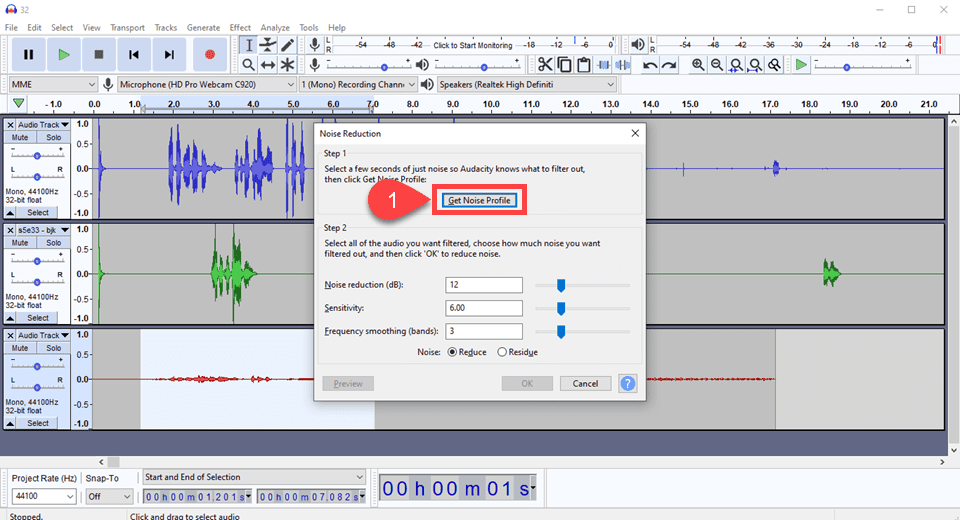

Generally speaking, you should always do a background noise reduction in your recording as well, just in case any ambient noise snuck in!.These will often look like bearskin rugs on the recording in your editing software.Take out fine details like "um" and other noises. We post new episodes every Friday, so see you next week!") "This has been another episode of the Podcast about Podcasts. Midroll promoting social media- with the exception of if you have ad placements these may periodically change."Welcome to the Podcast about Podcasts, where we teach you about Podcasts in a Podcast.") It may take a couple of seconds for the file to load and appear in your Audacity app.The following elements of your podcast structure can be recorded just once, and used repeatedly throughout all your episodes. You can also use the same music in every episode which also cuts down on your editing time after the first episode is created! I have my file saved in my Documents folders on my Mac so that the files are easily stored and organized. Then open Audacity, drag and drop the mp3 file from your Mac into Audacity. If Audacity is not downloaded, you will need to complete this step. I use this app at least once a week to work on podcast episodes. I have the app downloaded on my Mac and the app has a permanent place in my home bar.

You can also convert files from a video editing program like iMovie or Final Cut Pro. You could use the Cloudconvert website to convert files under a certain size for free () You can convert audio files through Descript (move the Zoom mp4 file into Descript, export the file as a mp3, and download the file).

The mp4 files cannot be played on Audacity, so I convert the mp4 files into mp3 files in order to use the file in Audacity. I record podcast interviews with guests through Zoom and Zoom provides me with mp4 files. Let’s discuss some of the key features of using Audacity on a Mac (including screenshots).


 0 kommentar(er)
0 kommentar(er)
